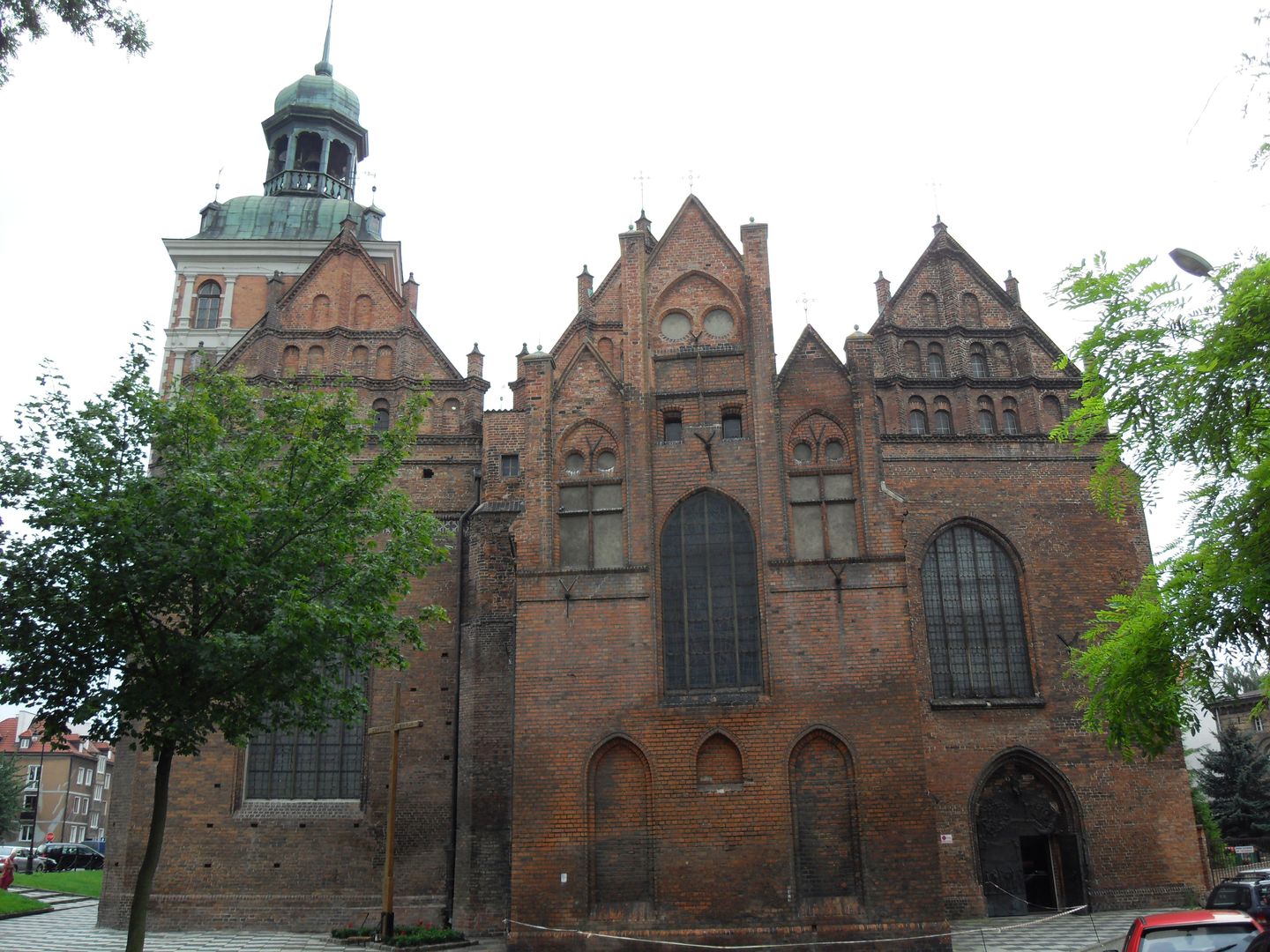St. Bridget's Basilica in Gdańsk
8.33

Overview
The Basilica of St. Bridget in Gdańsk, also known as the Solidarity Church, is located in the oldest part of the city, next to the Church of St. Catherine. The history of this site dates back to the 14th century, when a penitents' chapel dedicated to St. Mary Magdalene stood here, and the veneration of St. Bridget began to develop after her relics were brought to Gdańsk in 1374. In 1396, a monastery of the Order of the Most Holy Savior was established, and its construction continued until 1512. The church, designed with a hall structure, was adapted into a three-nave style, featuring a richly decorated interior with numerous altars. A fire and conflicts with Lutherans in the late 16th century weakened the order, and it was eventually secularized in the 19th century, leading to the building's devastation. After World War II, the ruins of the church were rebuilt, and it was reconsecrated in 1983. During the Solidarity era in the 1980s, it became an important place of support for striking workers. In 1991, it was granted the title of Minor Basilica. Architecturally, the basilica stands out with its three naves and a distinctive bell tower. Its interior features numerous patriotic elements, including an amber altar, reliefs, and epitaphs commemorating the martyrdom of Poles. Interestingly, the church has hosted prominent politicians and personalities, and the temple itself has become a symbol of resistance against the communist regime in Poland.
Location
2025 Wizytor | All Rights Reserved